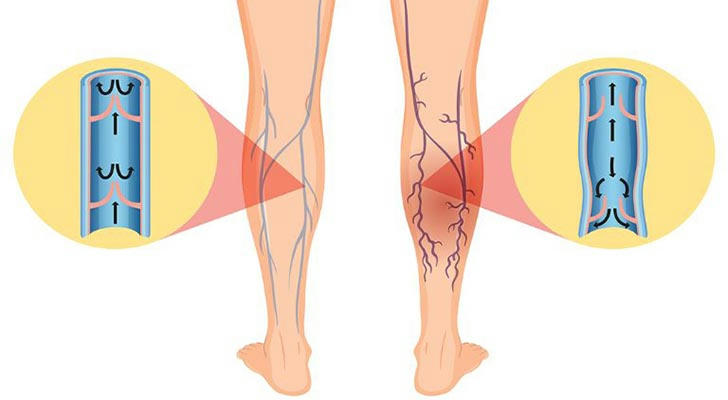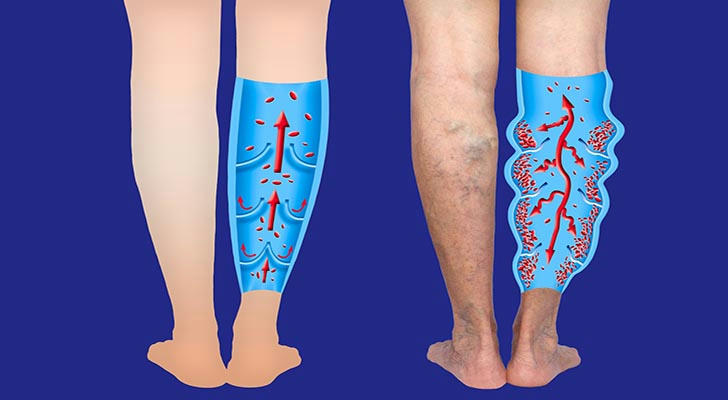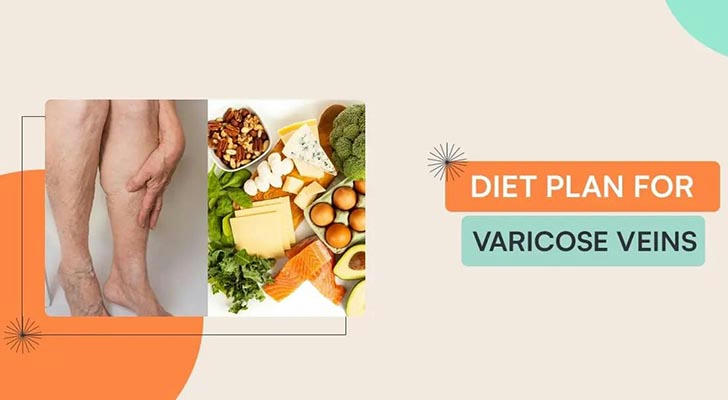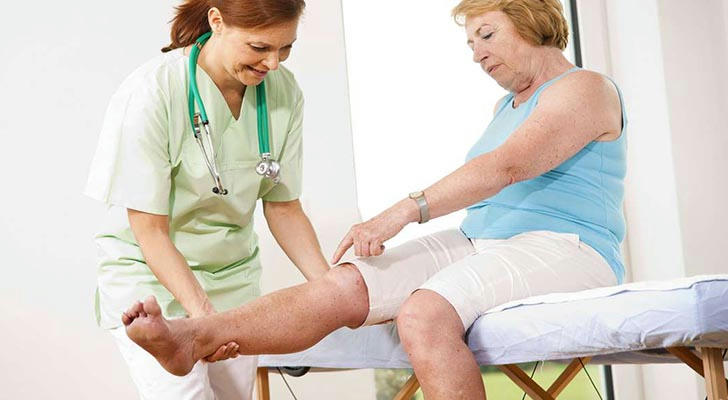How to relieve varicose vein symptoms through diet conditioning?

Varicose veins, a common vascular disease, not only affects the appearance, but may also bring a series of health problems. Traditional treatments include drugs, surgery, etc., but diet conditioning, as an auxiliary means, also plays an important role in relieving symptoms and improving vascular health. This article will explore the relationship between diet and varicose veins in depth and provide you with scientific and practical dietary advice.

As we all know, diet is one of the important factors affecting human health. A balanced and healthy diet can not only provide the nutrients needed by the body, but also help us prevent and improve a variety of chronic diseases, and varicose veins are no exception. By adjusting the dietary structure, we can improve blood circulation, reduce venous pressure, and thus relieve the symptoms of varicose veins.
Part I: The relationship between varicose veins and diet
The occurrence of varicose veins is related to many factors, including genetics, age, obesity, long-term standing and sitting, etc. Among them, dietary factors also play a role that cannot be ignored.
1.The role of vitamins and minerals
• Vitamin C: Enhances the elasticity of blood vessel walls, promotes collagen synthesis, and helps repair damaged veins.
• Vitamin E: It has an antioxidant effect and can protect the inner wall of blood vessels from damage by free radicals.
• Vitamin K: It participates in the coagulation process and helps maintain the integrity of the blood vessel wall.
• Minerals: Minerals such as magnesium and potassium help regulate blood pressure and improve blood circulation.
2.Diet and blood viscosity
A high-fat, high-sugar diet can easily increase blood viscosity and increase the burden on veins. A low-fat, high-fiber diet can help reduce blood viscosity and improve blood circulation.
3.Water intake
Adequate water intake helps keep blood flowing smoothly and reduce blood viscosity.
Part II: Dietary recommendations for patients with varicose veins
1.Increase the intake of fruits and vegetables
Fruits and vegetables are rich in vitamins, minerals and dietary fiber, which can help improve blood circulation and enhance vascular elasticity. It is recommended to consume 5-9 servings of fruits and vegetables per day.
2.Choose whole grains
Whole grains are rich in fiber, which helps promote intestinal peristalsis, prevent constipation, reduce abdominal pressure, and relieve venous pressure.
3.Eat enough protein
Protein is the main component of blood vessel walls, and adequate protein intake helps repair damaged blood vessels.
4.Low-salt diet
A high-salt diet will increase water retention in the body and increase venous pressure. It is recommended to reduce salt intake.
5.Limit red meat and processed foods
Red meat and processed foods have high saturated fat and sodium content, which is not conducive to cardiovascular health.
6.Drink red wine in moderation
Drinking red wine in moderation can help improve blood circulation, but be careful to be moderate. Excessive drinking is harmful to health.

Part III: Combination of diet with other treatment methods
• Diet and exercise: Combining diet conditioning with moderate exercise can achieve better results. It is recommended that patients with varicose veins do more leg lifting exercises, walking, etc.
• Diet and medication: For patients with more serious conditions, diet conditioning should be combined with drug treatment.
• Diet and elastic stockings: Combining diet conditioning with wearing elastic stockings can effectively reduce venous pressure.
Part IV: Notes on Dietary Conditioning
• 1.Personalized diet plan: Everyone's physical condition is different, and the diet plan should also vary from person to person. It is recommended to develop a diet plan that suits you under the guidance of a doctor or nutritionist.
• 2.Dietary conditioning is not a panacea: Dietary conditioning can only be used as an auxiliary treatment. For patients with severe conditions, medication or surgery is still required.
• 3.Persist in long-term conditioning: Dietary conditioning requires long-term persistence to achieve good results.
Part V: Real Cases

Mary is a 50-year-old American woman who has been working in an office for a long time. Due to long-term sitting, she suffered from varicose veins and often felt sore and painful in her legs. Under the doctor's advice, she began to adjust her diet, increasing the intake of vegetables and fruits and reducing the intake of red meat and processed foods. At the same time, she insisted on taking a 30-minute walk every day. After a period of conditioning, her symptoms were significantly improved.
Conclusion
Diet plays an important role in the prevention and treatment of varicose veins. By adjusting the dietary structure, increasing the intake of fruits, vegetables and whole grains, and reducing the intake of high-fat and high-salt foods, blood circulation can be effectively improved, venous pressure can be reduced, and the symptoms of varicose veins can be relieved. However, dietary conditioning needs to be combined with other treatments to achieve the best results. It is recommended that patients with varicose veins develop a personalized treatment plan under the guidance of a doctor to restore health as soon as possible.
